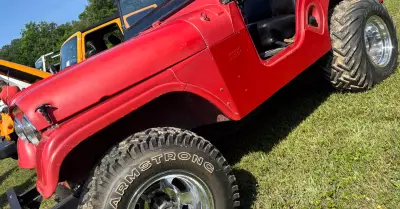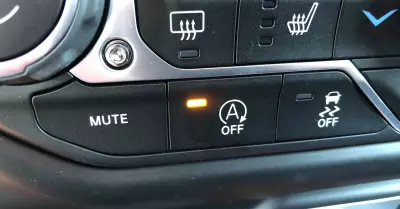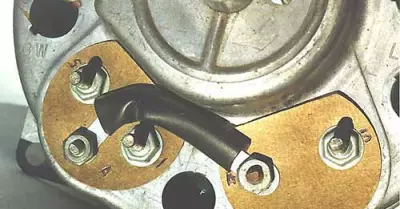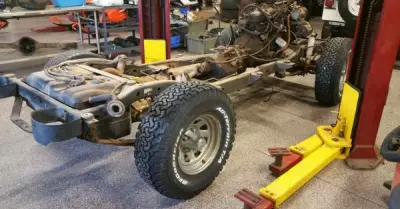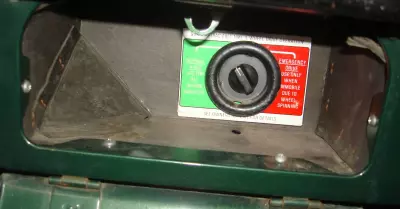Once a rugged, utilitarian icon of off-roading, the Jeep Wrangler YJ is now experiencing a modern-day renaissance. First produced from 1987 to 1995, the YJ represents a pivotal moment in Jeep’s storied history, a shift towards a more refined but still unapologetically rough-and-tumble design. In recent years, the classic YJ, the replacement for the long lived CJ has seen a remarkable resurgence in demand, attracting a new generation of off-road enthusiasts, collectors, and those nostalgic for the simpler days of automotive design.
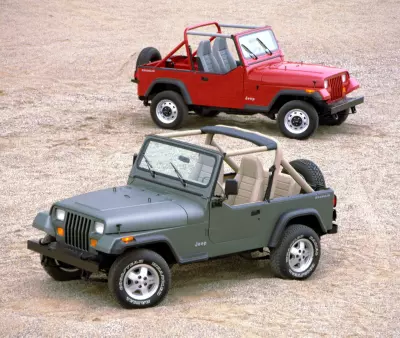
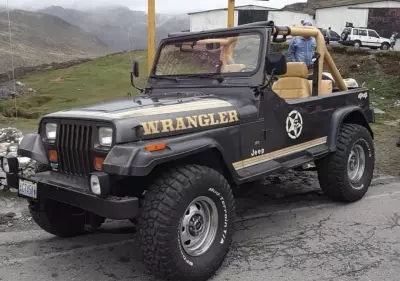
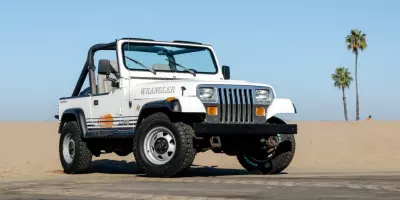
So, what’s behind this growing demand, and what should you look for if you’re considering adding one of these rugged beauties to your collection?
Why the Jeep Wrangler YJ is Gaining Popularity
Iconic Styling with a Rugged Edge
The Jeep Wrangler YJ has always had a distinctive look. With its square headlights (a major departure from the round lights of earlier models), the YJ is an unmistakable view to the ’80s and ’90s. While Jeep purists initially grumbled about the shift from the beloved round headlights, they have since embraced the YJ for its bold, boxy character. It’s a design that has aged itself into being cool. As the automotive world leans more towards sleek, aerodynamic vehicles, the YJ’s boxy shape now stands out as a quirky classic.
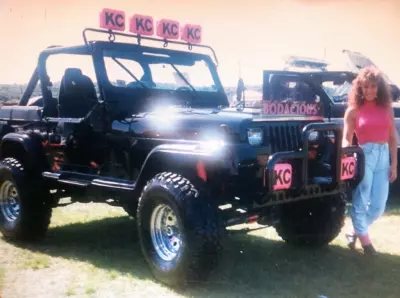
Special models like the Laredo, controversial Renegade and the favorite Islander. Most of these were simple appearance packages but the look of both the Islander and Renegade screamed late bodacious 80’s/early 90’s.
The Off-Road Legacy
While the YJ may not be as refined as its more modern counterparts, it still delivers exceptional off-road capability. With its leaf-sprung suspension, solid front and rear axles, and the unmistakable 4WD prowess, it’s an off-road warrior through and through. Whether you’re tearing through trails, climbing rocks, or cruising down a sandy beach, the YJ still offers a purist’s off-roading experience that’s hard to replicate with newer, more “civilized” vehicles.
Affordability and DIY Potential
One of the most attractive aspects of the YJ is its affordability compared to more recent Jeep models. With a relatively low barrier to entry, the YJ has become a prime candidate for restoration projects and off-road builds. Many Jeep enthusiasts appreciate the “no-frills” nature of the YJ, which allows them to modify and restore it with their personal touch. From engine swaps to custom body work, the YJ offers a canvas for DIY enthusiasts looking to build something truly unique.
Nostalgia Factor
For many, the Jeep Wrangler YJ represents a part of their youth. Whether it’s memories of road trips, beach days, or camping weekends, the YJ stirs up nostalgia for simpler times. As the market for vintage cars continues to grow, vehicles like the YJ are more than just transportation—they’re tangible pieces of personal history, and for many, that makes them worth seeking out.
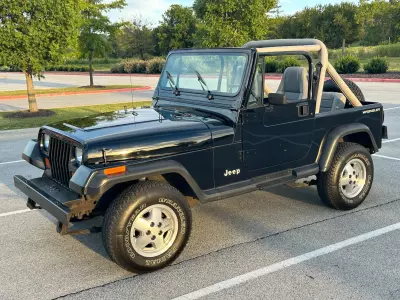
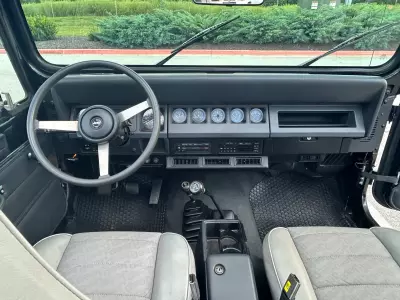
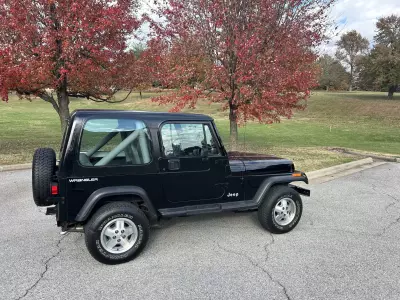
Rarity and Collector’s Value
Over the years, the YJ has steadily dwindled in numbers, especially in well-preserved or modified condition. For Jeep collectors and enthusiasts, finding a YJ that is in good condition or restored to its former glory has become a treasure hunt. As the number of these vehicles continues to shrink, the market for a well-kept YJ has only grown. It’s the kind of vehicle that appeals to both new buyers looking for a rugged, reliable off-roader and collectors hoping to acquire a rare piece of Jeep history before they’re all gone.
How to Find the Perfect Jeep Wrangler YJ
If you’re thinking about jumping into the market for a YJ, there are a few things to keep in mind when searching for your perfect model.
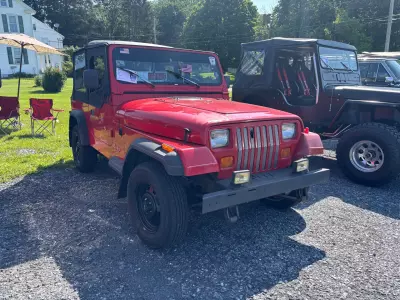
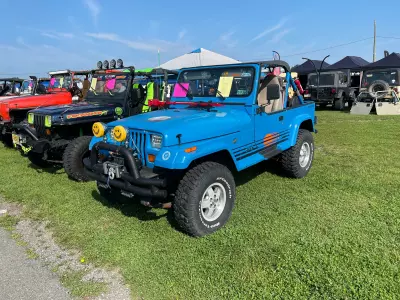
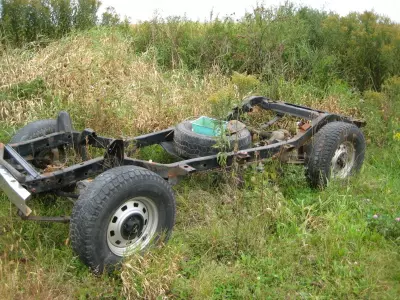

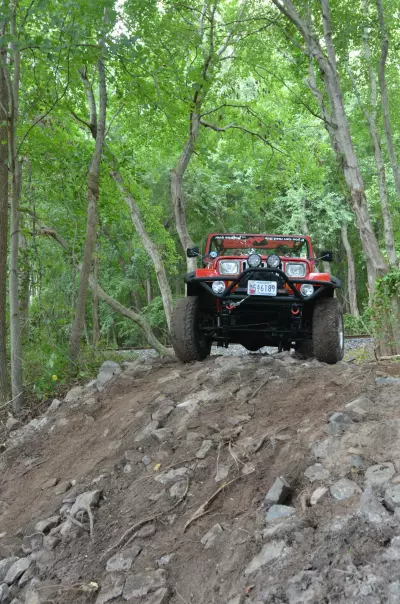
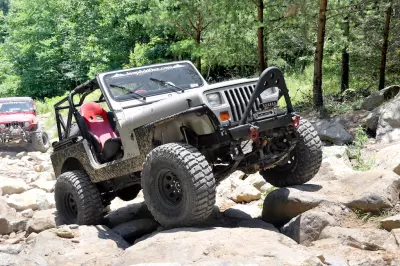
Condition is King
The YJ is a 30+ year-old vehicle (87-95), so the condition of any prospective purchase is the most important factor. A rust-free body is crucial, as Jeeps are notorious for corrosion, especially in areas where salt is used on roads during winter. Pay special attention to the frame, floorboards, and undercarriage. Also, check the integrity of the suspension, as the YJ’s leaf springs can suffer from wear and sagging over time.
The YJ is very prone to rust at the front and rear of the frame as well as the rear shock towers. Many frame riot issues can be repaired but on occasion the damage can be too extensive to properly fix.
Check for Modifications
While modifications can be a bonus for a Jeep enthusiast, they can also be a red flag. Some modifications, particularly to the engine, transmission, or suspension, might have been done improperly or with substandard parts. Ideally, you want a Jeep that has been well-maintained and modified by someone who truly knows their stuff. A stock YJ might also have more appeal for collectors, depending on their goals.
Do Your Research
If you’re serious about buying a YJ, it pays to familiarize yourself with the common issues these models face. Beyond rust, check the operation of the 4WD system, the transmission, and the interior. Many YJs have been used for off-roading, and as a result, they may show wear inside the cabin. Be prepared to invest some time in searching for a model that fits your needs and budget.
Finding the Right Deal
The internet has made finding classic vehicles easier than ever. Websites like Craigslist, Facebook Marketplace, and dedicated Jeep forums offer an abundance of YJs for sale. If you’re looking for something more specialized, consider visiting local car shows, dealerships specializing in vintage cars, or even reaching out to Jeep clubs for leads on well-kept specimens.
Consider the Model Year
The YJ was produced from 1987 to 1995, and over that span, there were some differences in terms of performance and features. The 1987-1989 models, for example, were equipped with the 4.2L inline-six engine, while later models were given the more powerful 4.0L six-cylinder engine. Additionally, the 1995 models saw the introduction of extra features like standard air conditioning and some small pieces that would eventually appear on the new TJ model. Deciding what year fits your preference and needs is an essential part of your search. The 4.0L is always preferable..always.
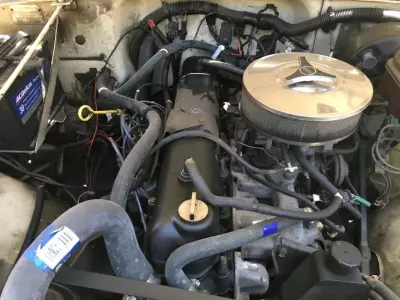
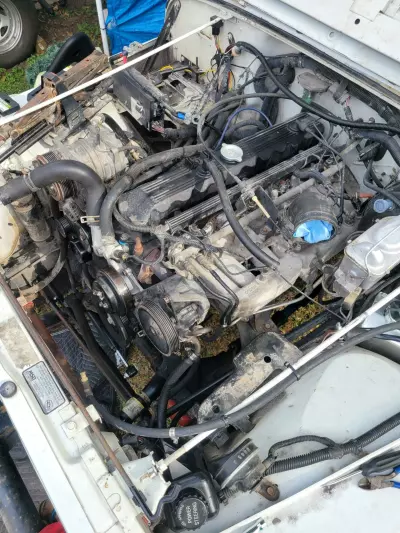
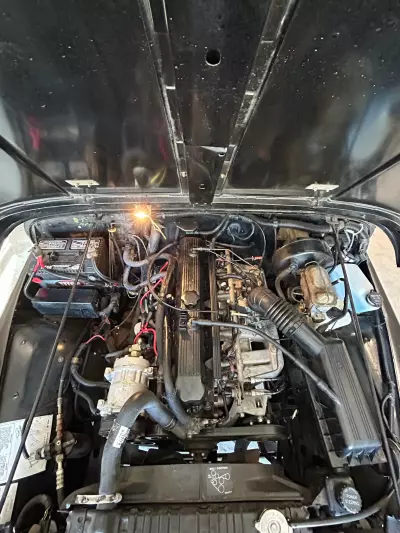
The Bottom Line
I had an 89 YJ, actually the only YJ I’ve ever owned. It was a white Laredo and it was brand new. I was young and loved that Jeep. It represented all the feeling of a Jeep and the freedom that comes with it but in a slightly more modern package. Sadly only a few pictures of this Jeep exist since it was the 80’s..here’s one below. The Jeep was fancy for sure.
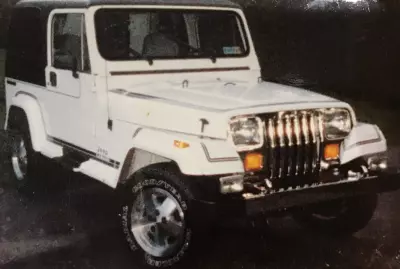
The Jeep Wrangler YJ is more than just a vehicle; it’s a symbol of off-road freedom, a piece of history, and a project car waiting to happen. As the market for classic Jeeps continues to grow, the YJ stands out as a classic that combines rugged practicality with a unique aesthetic. Whether you’re looking for a weekend project, a vintage off-roader, or a collector’s item, the YJ is a smart choice.
As demand rises and supply remains limited, now is the time to get ahead of the curve and find your own piece of Jeep history. Keep an eye on the condition, don’t rush the search, and soon enough, you’ll have your own Jeep Wrangler YJ ready for whatever adventures lie ahead. Happy hunting, happy trails and bodacious!
In an upcoming article we will discuss common mods and things to look out for if you are considering a Jeep Wrangler YJ for your fleet.



